Discovery in electrochemistry has potential to advance early cancer detection, production of sustainable chemicals
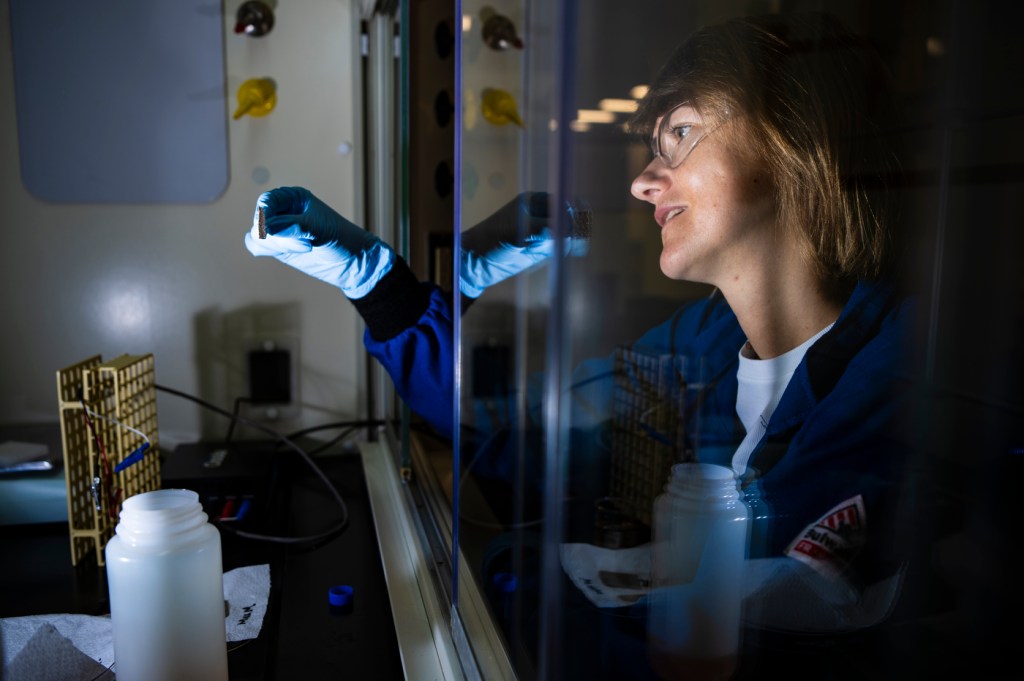
A recent discovery has the potential to advance both the early detection of cancer and the sustainable production of chemicals such as ethanol, which is widely used as a mixture in gasoline.
Magda Barecka, assistant professor at Northeastern University with a joint appointment in chemical engineering and chemistry and chemical biology, has reported an unconventional method of separating carbon isotopes from carbon dioxide, a greenhouse gas responsible for global warming, using an electrochemical process.
“This is something that can have both an impact on human health and sustainability,” she says. “But for me, what is the most exciting is just the fact that we really changed the way that we think about separation of isotopes, and that this potentially opens application of stable isotopes to much broader use, including detection of different diseases.”
Isotopes are atoms of the same chemical element that have the same number of protons and electrons but have a different number of neutrons. Isotopes of the same chemical element behave alike in chemical reactions but may have slightly different physical properties and different mass. Stable isotopes are not radioactive and so do not spontaneously undergo radioactive decay.
Carbon isotopes are widely used in medicine and research and development of different methods of medical diagnosis, Barecka says. They can label a specific molecule in a living organism, which gives researchers an opportunity to trace it afterwards.
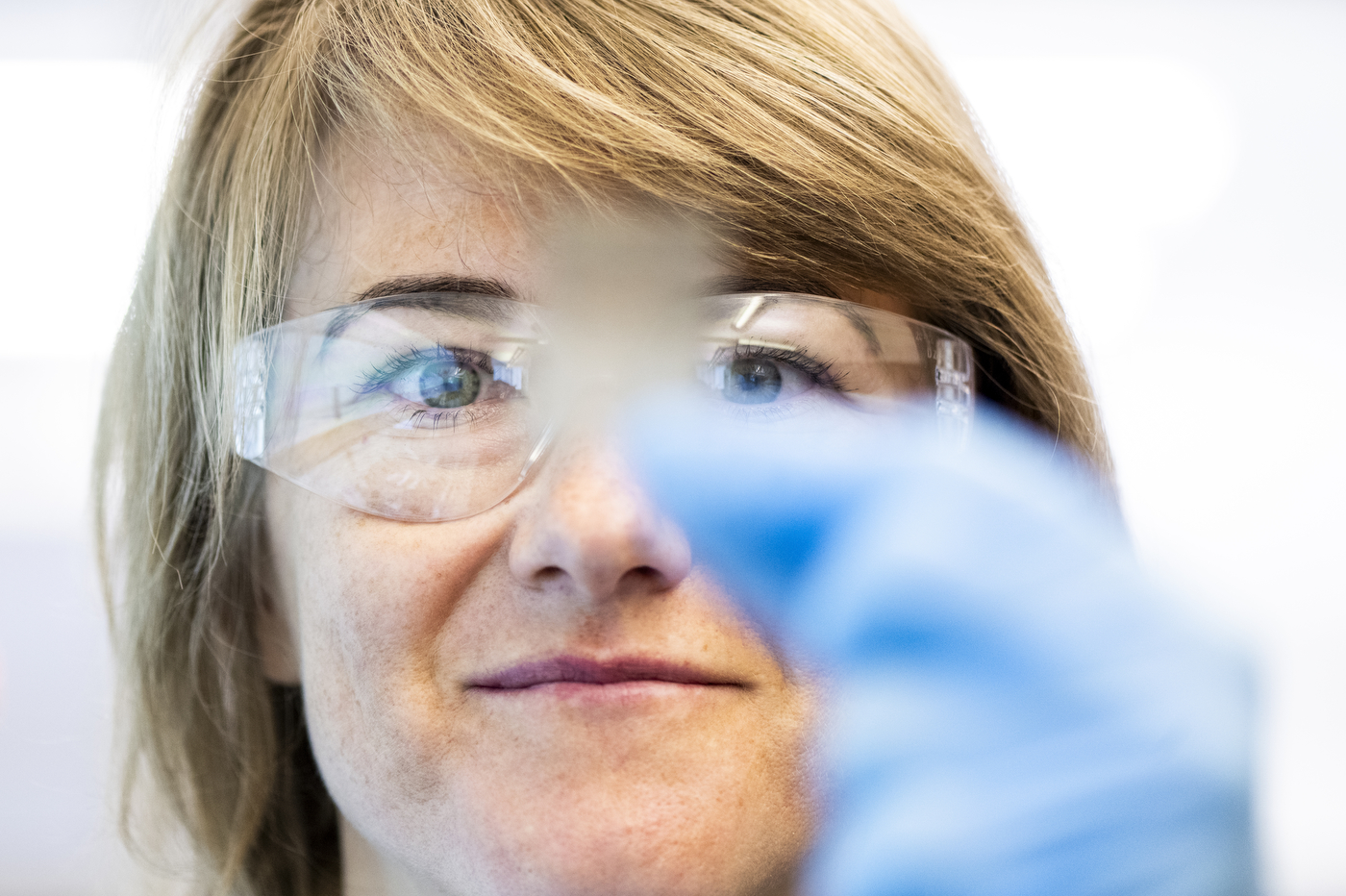
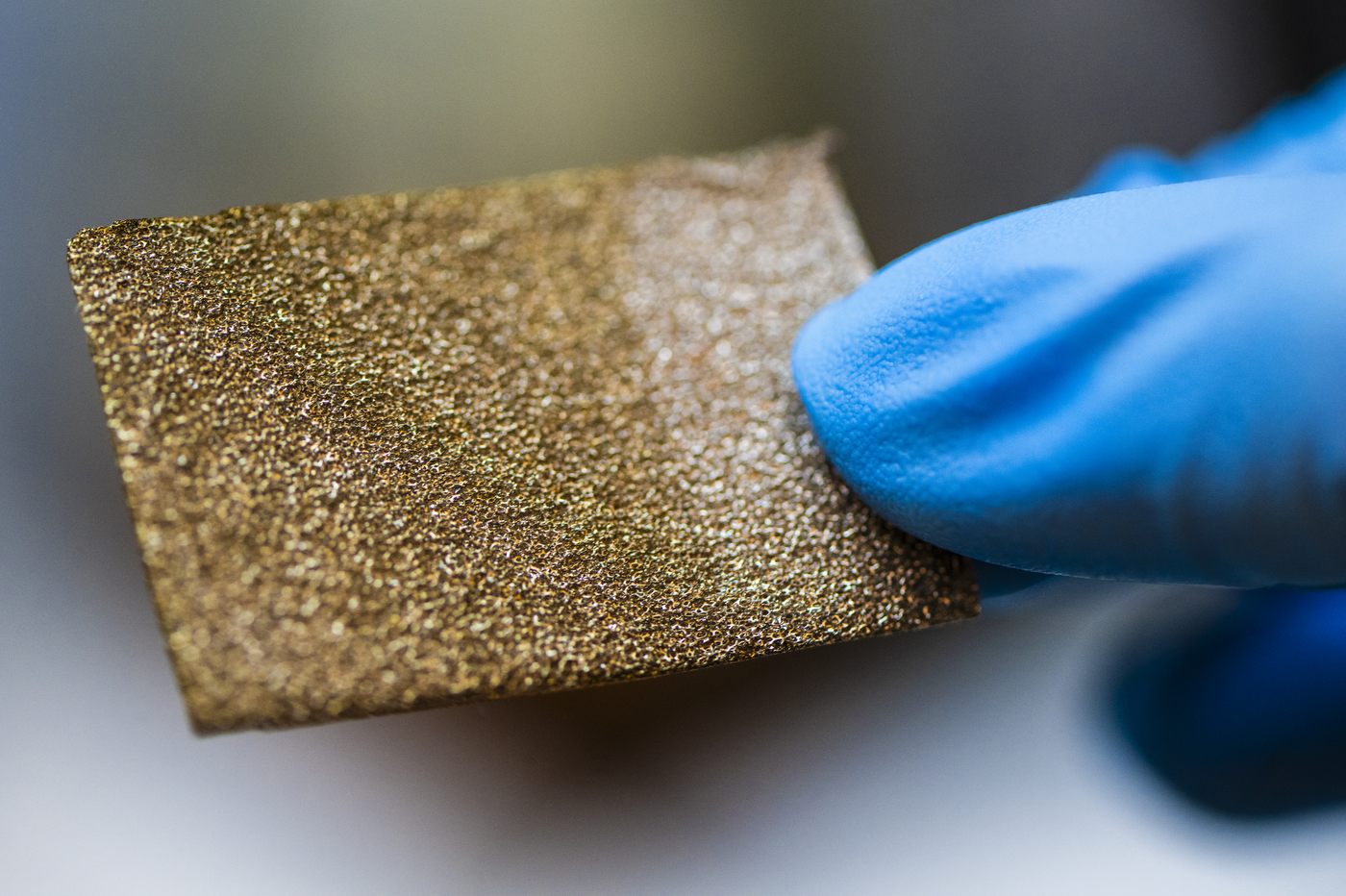
In her research, Barecka focused on an isotope carbon-13, or 13C. Only 1.1% of 13C isotopes exist in nature, and it is very difficult to separate them from the abundant 12C isotopes due to their very similar properties.
The industrial process currently being used requires hundreds of stages, takes a very long processing time, Barecka says, and uses a lot of energy, which leads to high costs and significant environmental impact.
That is why only a limited number of manufacturing facilities in the U.S. and around the world produce 13C isotope. American producers make less than 2,200 pounds of 13C a year.
Barecka says she was able to develop the new method because she looked at separation of isotopes in a completely different way. She was exploring similarities of electrochemical separation to the photosynthesis process, she says, which is used by plants to convert water and carbon dioxide into oxygen and glucose in the presence of sunlight.
Barecka used electrochemical cells that can use the electrical energy to facilitate chemical reaction. The initial experimental results were extremely exciting, she says. The isotope separation in the electrochemical cell was significantly higher and faster than by any other existing method.
“I would say this is an interesting discovery from the fundamental science [point of view],” she says.
The discovery demonstrates, she says, that very small electrochemical reactors that scientists have in the lab can be used for isotope separation. The process requires significantly less time and input of energy and is much friendlier for the environment.
“It’s no longer something that would be restricted to just this established industrial site,” Barecka says. “Our electrochemical reactors, powered by photovoltaic panels that convert sunlight into electrical energy, can be very easy to deploy in different places in the world, where there’s maybe even no underlying infrastructure.”
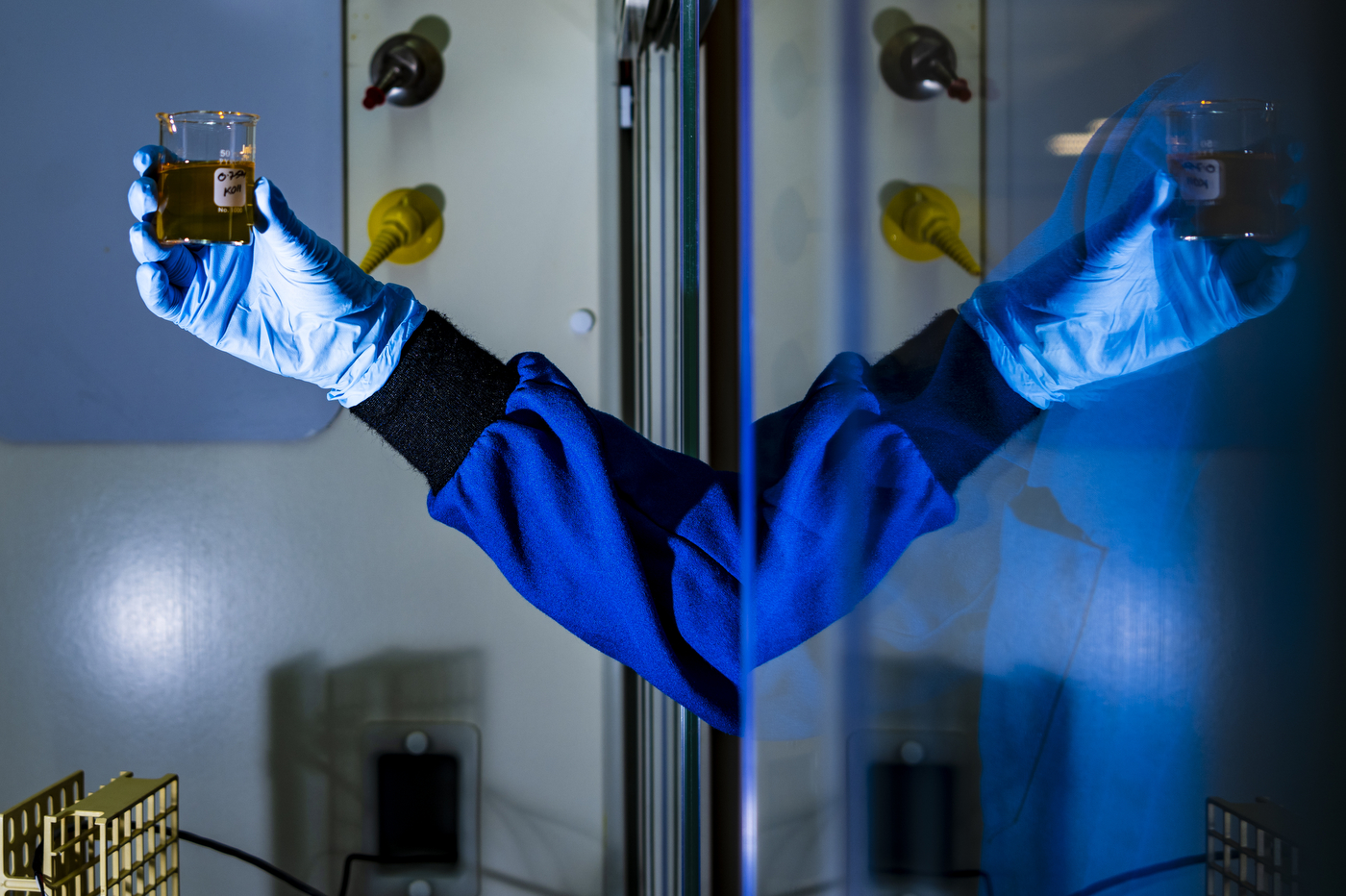
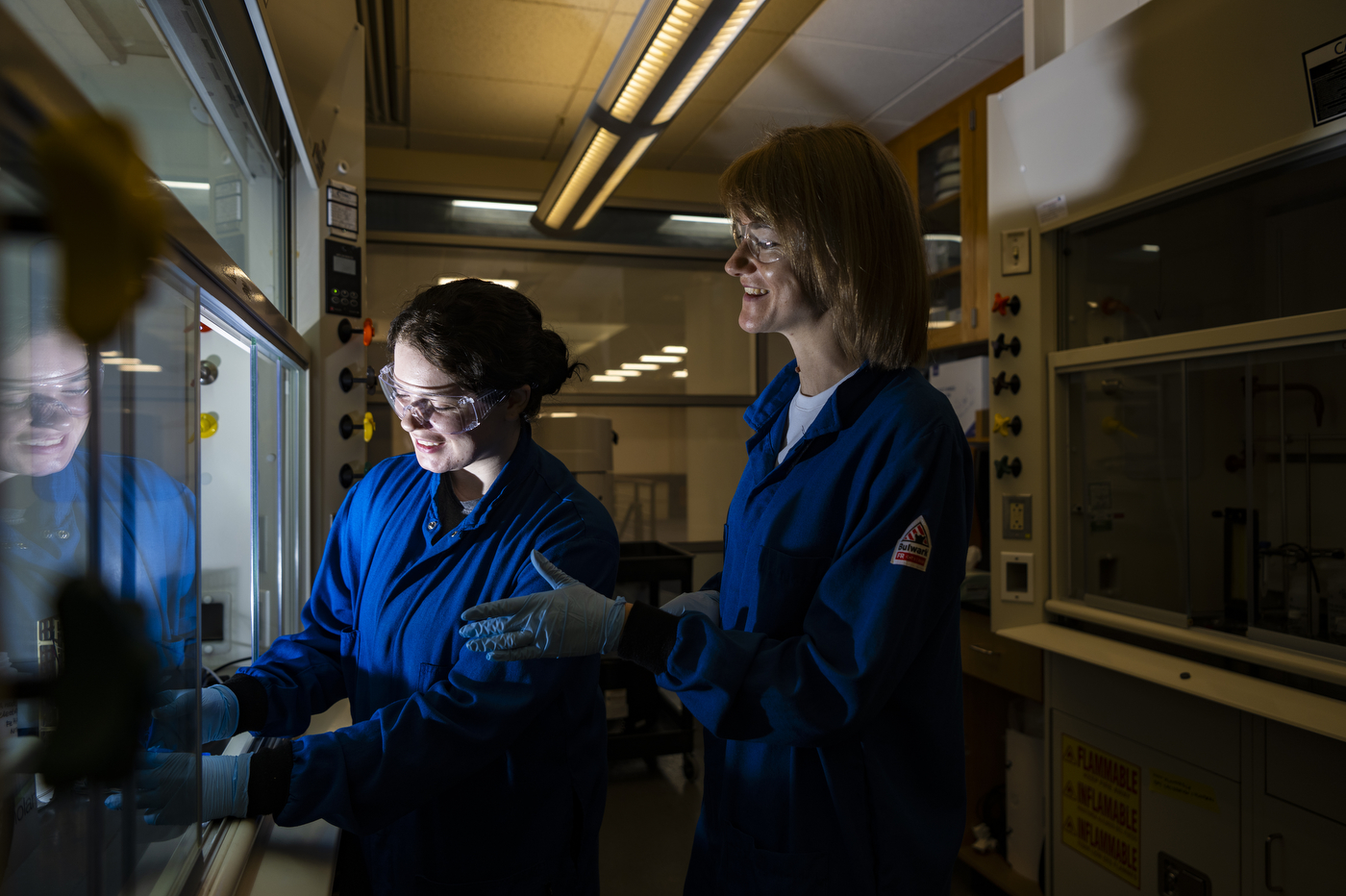

In terms of disease detection, Barecka says that a lot of research and development currently shows that a whole diverse range of cancer types might be detectable with tests that require access to isotopically labeled molecules. For example, isotope 13C is used for detection of Helicobacter pylori infection associated with stomach cancer.
“I hope that electrochemical production could just enable doing this on a large scale,” she says.
The next step for Barecka and her group at Northeastern, she says, would be to deepen the scientific understanding of this new electrochemical method, which she hopes will help to further intensify the process and make it even more efficient.
She also would like to master the process of direct electrochemical synthesis of the labeled molecules needed for cancer detection and understanding cancer metabolics.
“These metabolic [cancer] detection methods are also in the stage of being developed,” Barecka says. “I anticipate the bottleneck coming – even if we have a smart method of detection, we don’t have [enough] materials for detection.”
Electroreduction can simultaneously be used to produce from carbon dioxide useful chemicals such as ethanol or ethylene using renewable energy, Barecka says. Currently, they are produced by the petrochemical industry.
“It’s quite an exciting situation where we have one technology that kind of fits into two areas,” she says.
She also hopes that this very unique application will demonstrate that using electrochemical methods can be economically viable and garner more support for electrochemistry in general.
Alëna Kuzub is a Northeastern Global News reporter. Email her at a.kuzub@northeastern.edu. Follow her on X/Twitter @AlenaKuzub.






